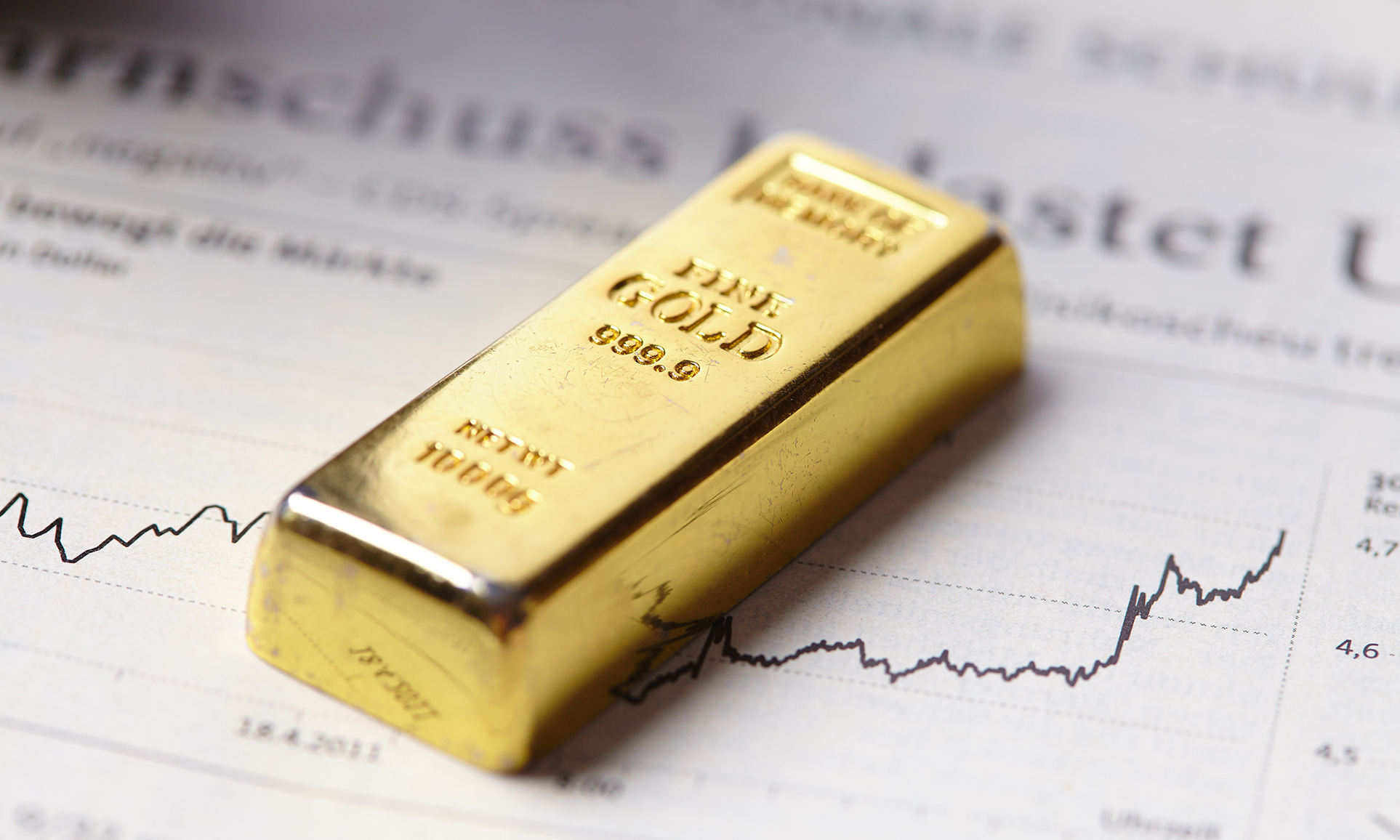For as long as I can remember people have invested in gold. In recent years (and by that I mean in the last couple of decades that I’ve been doing this job) it’s been a haven for investors during times of strife and uncertainty, and with the onset of recent events, I thought it might be an idea to discuss it again (not that I’m suggesting of course that recent events warrant such action).
In general, investors looking to invest in gold directly have three choices: they can purchase the physical asset, they can purchase shares of a commodity or ’Exchange-Traded Fund’ (ETF) that replicates the price of gold, or they can trade futures and options in the commodities market. Average investors, for example, might buy gold coins or ingots, while sophisticated investors implement strategies using options on gold futures.
It all leads to the same reasoning, however, certainty of security.

Buying Physical Gold
So if you were a super-villain how much gold do you think there would be in the world if you melted it down into a cube? Well, Warren Buffet, one of the world’s richest investors, says the total amount of gold in the world – the gold above ground that is – could fit into a cube with sides of just 20m (67ft).
That’s it.
Which means that being extremely finite, almost every piece of gold in your possession has been recycled.
Super-villains aside, gold is more accessible to the average investor, because an individual can easily purchase gold bullion (the actual yellow metal, in coin or bar form) from a precious metals dealer, or in some cases from a bank or brokerage.
Bullion bars are available in sizes ranging from a quarter-ounce wafer to a 400-ounce brick, but coins are typically the choice for new investors.
For maximum liquidity, most buyers stick with the most widely circulated gold coins: the South African Krugerrand, the American Eagle, and the Canadian Maple Leaf.
Whatever you prefer, be sure you are buying from a reputable dealer, either in person or through the internet. Be sure to insure them too.
Now, the two big obvious disadvantages here are that firstly, physical gold needs to be kept secure, which means either a safety deposit box or some other safe measure. Secondly, from an investment point of view it doesn’t provide any form of dividends, which is a nightmare if you’re looking for an income.
It does look hypnotically pretty though (my inner super-villain coming out there).
Buying Gold Funds
Although it’s more feasible than, say, a barrel of oil or a crate of soybeans, owning physical gold has its hassles: transaction fees, the cost of storage and insurance. Investors interested in a more liquid and low-cost entry into the gold market might instead consider commodity funds and exchange-traded funds that replicate the movements of the commodity price.
SPDR Gold Shares (GLD), for example, is one of the oldest ETFs of its kind, initiated in 2004. Shares trade on the New York Stock Exchange and can be bought or sold at any time throughout the trading day, just like stock. Each share of the ETF represents one-tenth of an ounce of gold. For example, if gold is trading near $1,300 an ounce, the gold ETF will trade for approximately $130 per share.
GLD invests solely in bullion, giving investors direct exposure to the metal’s price moves. Other funds invest both in bullion and in shares of publicly traded companies in the business of gold mining, refining, or production.
There’s a great website called the Bullion Vault which can help you track them, found here:
www.bullionvault.com/gold-guide/gold-etf#
Generally, gold stocks rise and fall faster than the price of gold itself. Individual companies are also subject to problems unrelated to bullion prices—such as political factors or environmental concerns.
So investing in an ETF that owns gold stocks is a higher-risk way to play, but it does offer appreciation potential—which investing in bullion does not.
Buying Gold Futures Options
More experienced investors who don’t want to risk a lot of capital might consider options on gold futures or options on a gold ETF. These contracts represent the right—but not the obligation—to buy or sell an asset (gold in this case) at a specific price for a certain amount of time.
Options can be used whether you think the price of gold is going up or going down. If you guess wrong, the maximum risk associated with buying options is the premium you paid to enter the contract.
Conclusion
If you’re buying gold as part of a portfolio diversification strategy, ETFs are the best way to go. If you want protection in the event of a system-wide crisis, you’d want to own the physical metal – plus if the zombie apocalypse does occur, bullion bars make fantastic weapons to fend them off (I reckon).